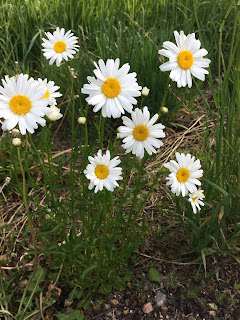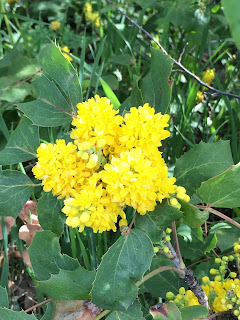Container Gardening

Containers come in a variety of sizes and shapes by Barbara Sanders Small spaces in the yard, on a patio, or on a deck are great growing places for container gardens. If you are just starting, keep it simple. Decide what to plant- Lettuce seeds can be started now. For all seeds, read the directions on the packet. Other choices include: spicy greens such as mustard and Arugula (rocket), radishes, green onions (scallion), cilantro (coriander), dill, and spinach. Or purchase potted herbs from a nursery. A few fun ones are: chives, oregano, parsley, basil, thyme, borage. If conditions are a bit drier, or in a separate pot: rosemary and sage (you may need to bring them in for the winter, as they are not hardy in most mountain areas). Adding annuals is fun too: salvia, zinnia, marigolds, nasturtiums. Find a good location- Easy to walk to, water nearby, and light. Light is most important. Many seed packets and garden books suggest “full sun”. Well, our Colorado sun will bu...




